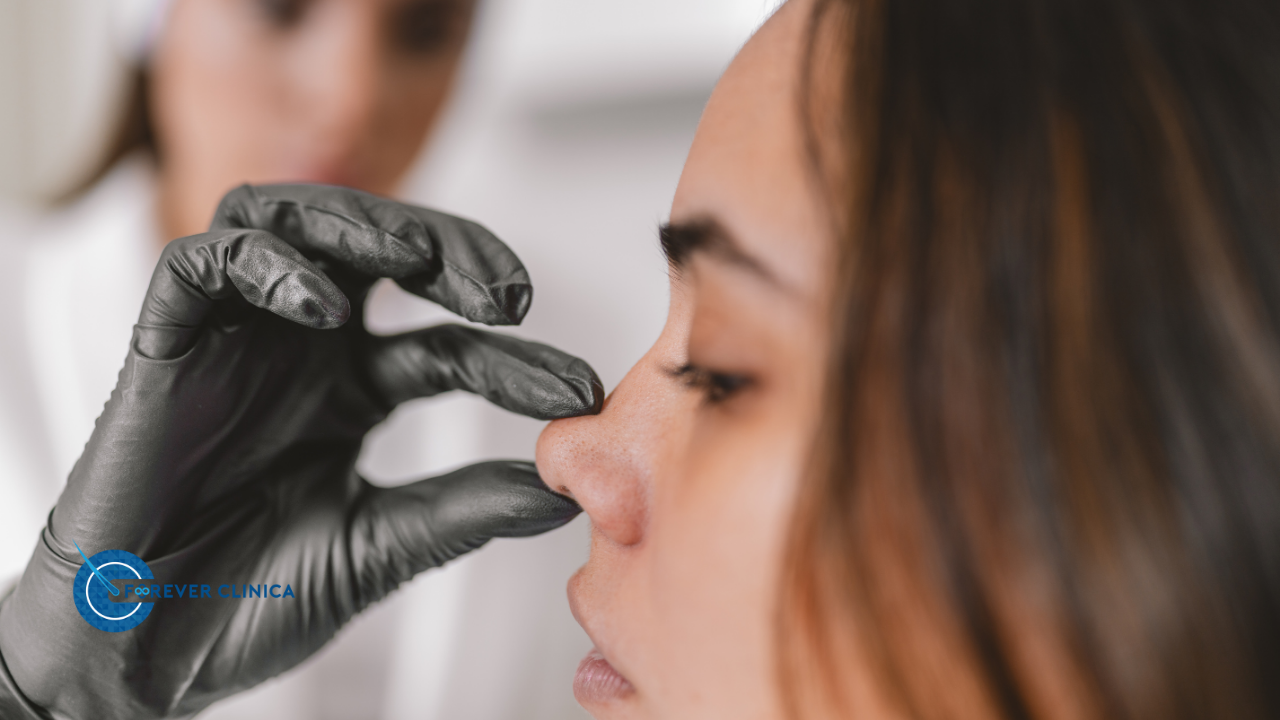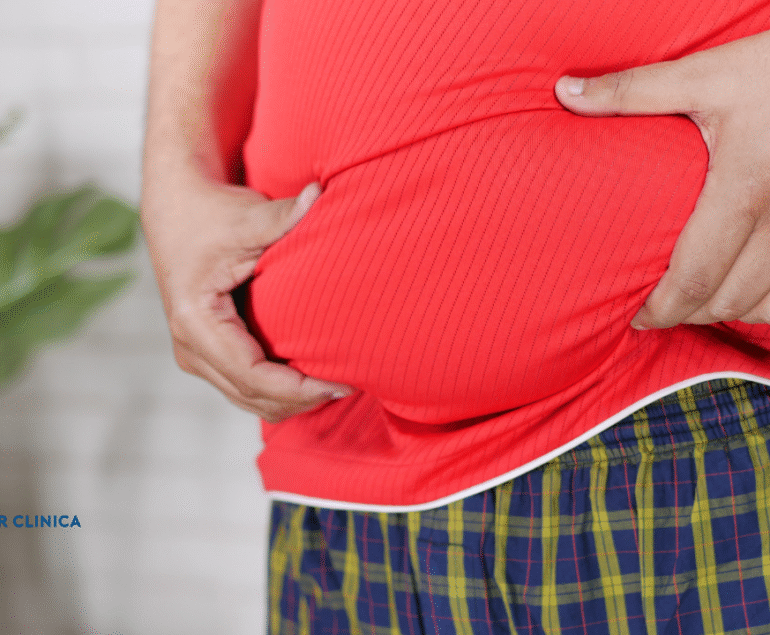Rhinoplasty (nose job) is a frequently preferred surgical procedure for both aesthetic concerns and resolving breathing problems. However, like any surgical intervention, rhinoplasty also involves certain side effects and recovery processes. One of the most common issues during this period is swelling, also known as edema. At Forever Clinica, we have detailed everything you need to know about swelling after rhinoplasty surgery.
What is Swelling After Rhinoplasty?
Edema is the accumulation of fluid in any part of the body, leading to swelling. After rhinoplasty surgery, the trauma experienced by the nasal and surrounding tissues, especially the reshaping of bone and cartilage structures, can trigger edema. This is a natural outcome of the surgical procedure and is usually temporary.
Why Does Swelling Occur After Rhinoplasty?
The main causes of swelling after rhinoplasty are:
- Surgical Trauma: Cutting, reshaping, and reconstructing nasal tissues during surgery causes temporary damage to the tissues. This damage activates the body’s defense mechanism, leading to edema.
- Changes in Blood Circulation: Post-surgery, blood circulation in the area temporarily changes, which can cause fluid accumulation and swelling.
- Body’s Healing Process: The body naturally creates edema as part of the healing process after surgery. This is a normal part of recovery and diminishes over time.
How Long Does Swelling Last After Rhinoplasty?
The duration of swelling after rhinoplasty varies depending on the patient’s body structure, surgical technique, and recovery process. However, generally:
- First Week: Swelling is most intense in the first few days after surgery. Noticeable swelling may occur around the nose and eyes.
- First Month: Swelling decreases rapidly after the first week, but mild swelling around the nasal tip may persist.
- 3-6 Months: Most of the swelling subsides, but minimal swelling may remain in delicate areas like the nasal tip.
- 1 Year: Swelling completely disappears, and the nose takes its final shape.
What Can Be Done to Reduce Swelling After Rhinoplasty?
Although swelling after rhinoplasty is inevitable, certain measures can help speed up the process and minimize swelling:
- Cold Compress: Applying a cold compress during the first 48 hours after surgery helps reduce swelling. However, avoid applying it directly to the nose; instead, place it on the cheeks and around the eyes.
- Keep Your Head Elevated: Sleeping with your head elevated for the first few days helps reduce swelling by improving blood circulation.
- Use Prescribed Medications: Regularly use painkillers and anti-edema medications prescribed by your doctor.
- Reduce Salt Intake: Salt can cause water retention, increasing swelling. Limit salt consumption during recovery.
- Drink Plenty of Water: Water helps flush out toxins and reduces swelling. Aim to drink at least 2 liters of water daily.
- Avoid Physical Activity: Avoid strenuous physical activities for the first few weeks to prevent swelling.
When Should You Be Concerned About Swelling?
Swelling after rhinoplasty is a normal part of the healing process. However, consult your doctor if you experience:
- Increasing swelling accompanied by pain,
- Redness, warmth, or signs of infection around the nose,
- Difficulty breathing or worsening nasal congestion.
These symptoms may indicate infection or other complications, so it is important to consult your doctor immediately.
Swelling Management at Forever Clinica
At Forever Clinica, we provide comprehensive support for managing swelling after rhinoplasty. With personalized recovery plans prepared by our experienced team, we aim to minimize swelling. Additionally, through regular post-operative check-ups, we closely monitor our patients’ recovery and intervene early if any issues arise.
Swelling after rhinoplasty is a natural part of the healing process and can be managed with proper care. At Forever Clinica, we provide all the necessary support to ensure our patients have a comfortable recovery. If you are considering rhinoplasty or have questions about post-operative swelling, do not hesitate to contact our expert team.
Forever Clinica is by your side for a healthy and aesthetic nose!




